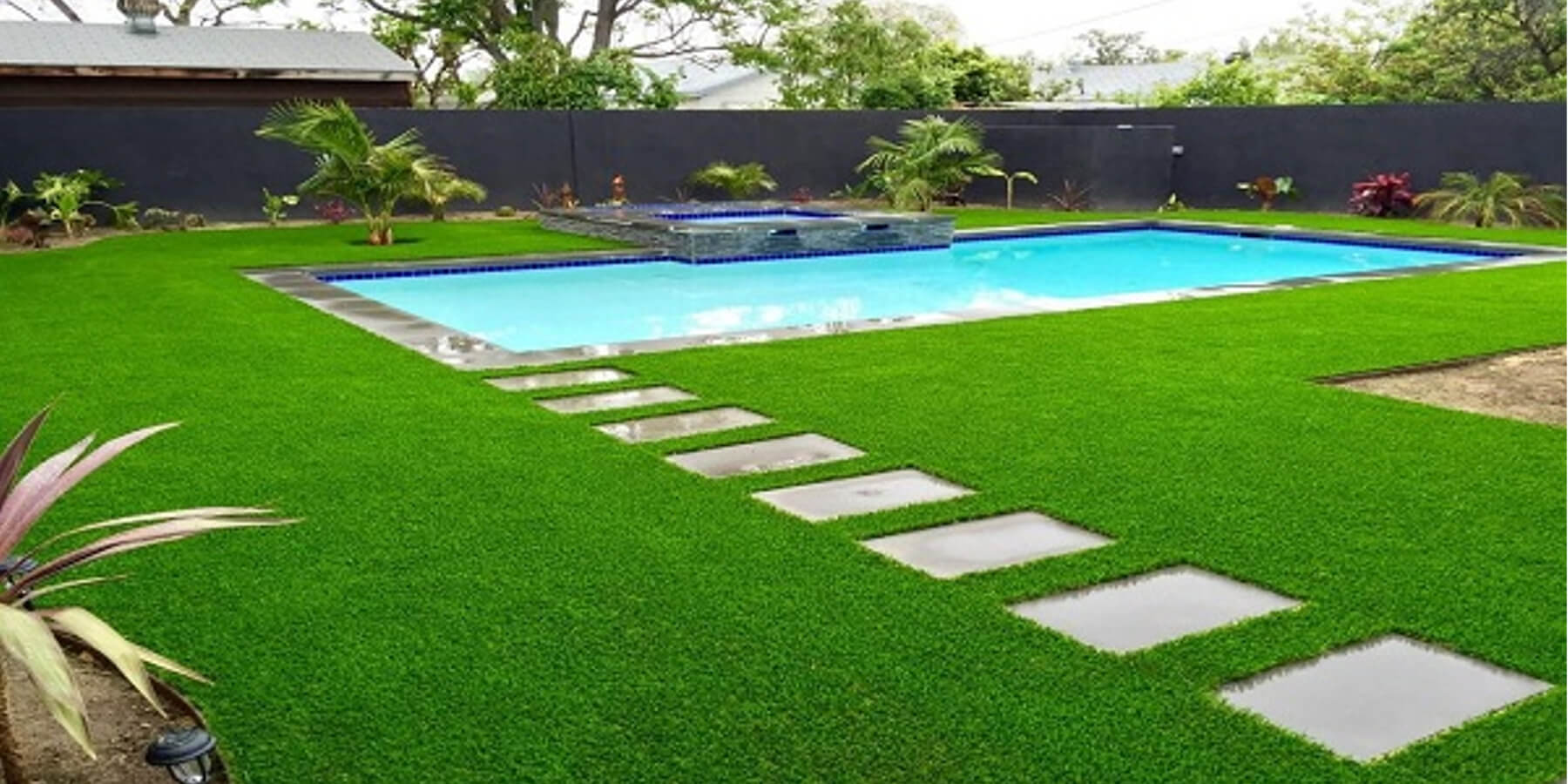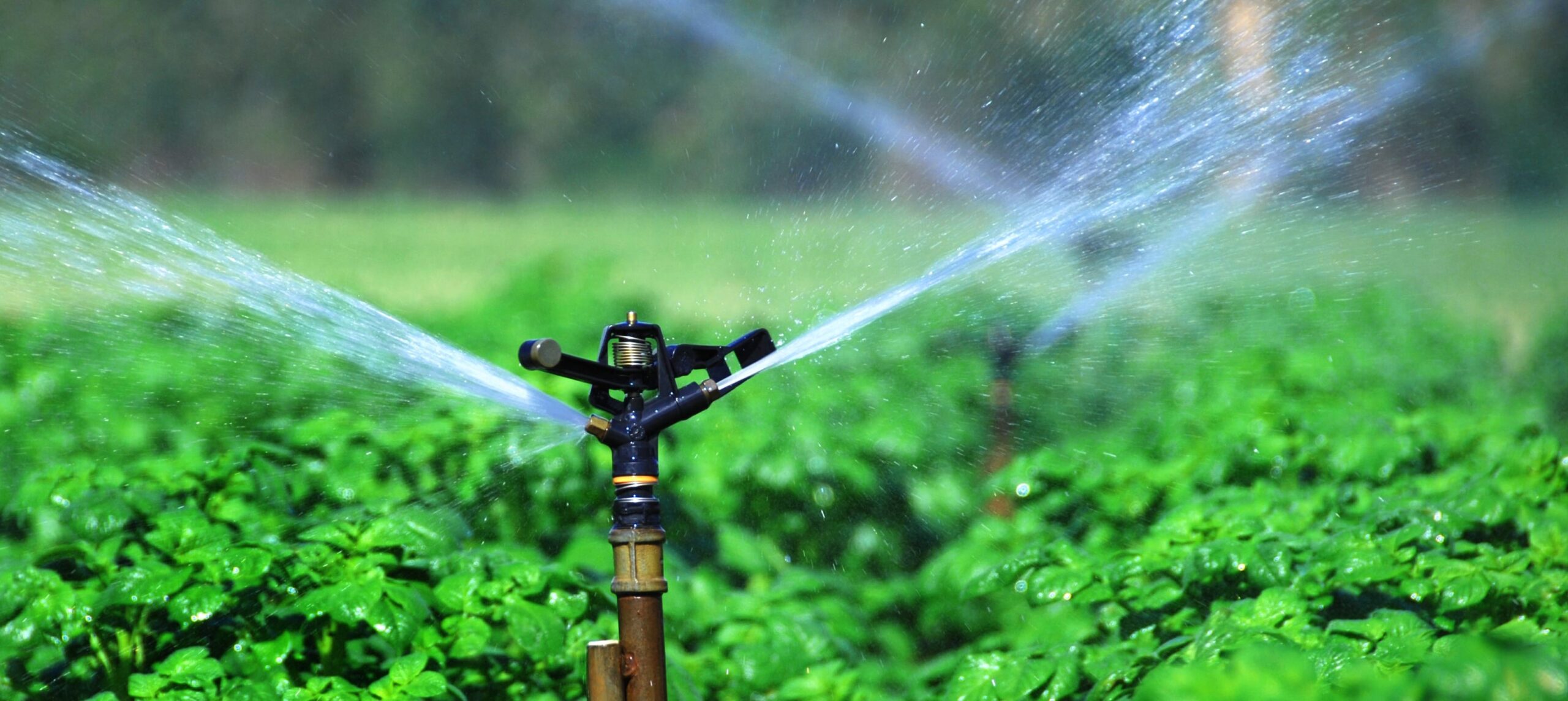What Is a Hydronic Heater?
A hydronic heater is a heating system that uses a combination of hot water, steam, or glycol to circulate a liquid through the floor of your home. It is often referred to as radiant or convection heating, and it can be a good option for those who have allergies or are concerned about asthma and other respiratory problems.
The health benefits of hydroponic heating are numerous, from the fact that it doesn’t require fans to circulate air to the way that it improves overall comfort by using natural convection to distribute warm air throughout your property. Moreover, it’s safe for humans, pets, and plants.
Hydroponic heaters Australia are a growing favourite for many Australian families and businesses, thanks to their high levels of thermal comfort, cost-effectiveness, and sustainability. Compared to heating systems such as gas or electrical, these products are more energy-efficient, less expensive to run, and can be installed in new or existing homes with minimal disruption.
Radiator Panels – Modern and Unobtrusive
There are a variety of styles and sizes of panels available, with many available in designer finishes to match any style of home or business. In addition, they can be painted to suit the decor of your space.
Installing a hydroponic system is an ideal way to add value to your home, and they can also be a stylish feature. Whether you’re aiming to add a touch of class or just want to make your space feel more comfortable, we can help you choose the right products and get them installed quickly.
You can also add chillers to your hydroponic system, which can be used to lower the temperature of the nutrient solution and prevent it from becoming a breeding ground for bacteria. In most cases, you’ll want to keep the water at 18-22degC for your plants if they’re indoors or between 25-29degC if they’re outside.
If you’re in the market for a hydroponic system, be sure to shop around and compare prices between different brands. This will ensure you’re getting the best value for your money.
Why Should You Use a Hydronic System?
Hydroponics is a healthy and sustainable hobby, but it can be difficult to maintain the ideal conditions for your plants. The perfect water temperature is essential for healthy growth and preventing problems such as root rot or stunting of the plant’s development.
A reputable hydroponic heating supplier will have the expertise and experience to install the best type of system for your specific needs. They will also be able to answer any questions you may have about how the system works, what features are most important, and how they can be integrated into your garden.
Hello Hydroponics supplies a range of heat pumps that use renewable energy sources to produce the heating required for your hydroponic system. They’re incredibly efficient, and they can also be paired with solar electricity to further cut your power costs. You can also find energy-saving models with a programmable thermostat, which are a great option for those who are concerned about keeping their carbon footprint low.
Growing plants hydroponically is a great way to get more fruit, veggies and herbs into your diet. It’s also a more environmentally friendly way to grow your food, avoiding nutrient run-off and soil problems like pests or weeds.
However, it can be a tricky business to master if you are just starting out as you will need to learn the basics of this new style of gardening. You’ll need to learn how to adjust your watering and feeding schedules, and how to keep your plants clean and healthy.
It’s a good idea to get a grow kit to make it easier to set up your system and maintain it. These kits usually come with all of the essentials, including a grow medium and nutrient solution, so you can start growing right away without any fuss.
Getting Started With Hydroponics
One of the most common mistakes that beginner growers make is overfeeding their plants, which can lead to nutrient toxicity. This can be avoided by following the correct nutrient schedule and choosing high-quality seeds that won’t harm your plants.
In addition, the right kind of nutrient solution will be needed to ensure that your plants have all the nutrition they need. These nutrient solutions are formulated to deliver the nutrients to your plant’s roots in the most optimal manner possible, meaning they grow much faster and healthier than using traditional growing techniques.
Depending on your needs, there are a few different types of hydroponics systems that you can choose from. These range from simple ebb and flow systems to more advanced deep water culture (DWC) systems, so it’s important to choose the system that best suits your needs.
Wick System
If you’re just starting out with hydroponics, a wick system is probably the easiest to get started with. It’s a basic but efficient way to grow microgreens, herbs and even small plants, but be careful not to use it for thirsty crops such as tomatoes or cucumbers.
There are a number of wick kits available on the market, so you can find the one that’s perfect for you. These systems are usually quite affordable and can be used by DIYers as well as professionals.
Recirculating Hydroponics
This type of hydroponics uses a recirculating system, so the nutrient solution is continuously recycled, so you won’t have to constantly refill the reservoir. This method can save you a lot of money, as you can reuse the same nutrient solution for a longer period of time before needing to top up.
You can also save a lot of space with this system, as it doesn’t require a large reservoir or an air pump and can be easily positioned in a window box or other space where you might not otherwise have room for a full-sized system.
This is the most popular hydroponics kits Australia, and it’s a really good choice for beginners, as there is no flood and drain cycle to worry about. However, it does require a good air pump and an air stone to ensure oxygen is continually flowing to your plants’ roots.



